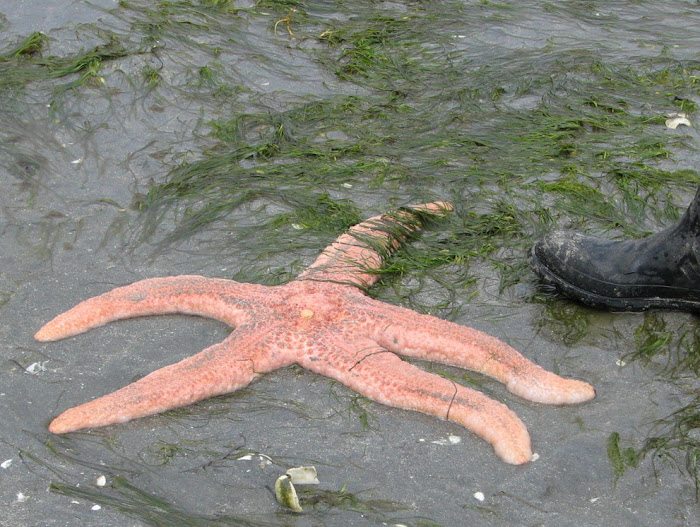Here's another great example of a video that adds striking dimension to the song it accompanies. Not that it isn't fine as it is; Vincent Vallières is among the most respected songwriters in Canada. But the juxtaposition of these images deepens the lyrics exponentially, turning Vallières' love song into a reflection on the temporal ground of being, and borrowing a few Zen references along the way. (Check out the Buddhist wheel of life at 2:32.)
It's no exaggeration to say that non-francophones could skip the translation (see below) entirely and just watch the video. With the music playing, of course.
Right from the first scene, the LP theme is genius. Not only does this medium literally spool out, turning 'round and 'round like life – till you wind down in the run-out groove – it's also legacy tech. The very sight of a phonograph record casts the mind back.
The vignettes that roll past thereafter will be recogniseable to anyone on the planet, but they have extra pathos for expats from la Belle Province: a rich reel of Québécois faces, places, and contexts that brings tears to my eyes.
Varying frame rates – slower than normal; faster; parameter – underscore the orchestral rhythms of life. It goes too fast; it goes too slow; sometimes it just goes, while we amble on unseeing. And it's all synchronised – wheels within wheels, out of our control, and for the most part beyond our comprehension.
Consider also that everyone in this dense little epigram is ten years older at this writing. The toddlers are in middle school; the small children are teenagers. The young adults have started their own journey, many including new children in turn. And some of the older subjects are almost certainly gone.
I never tire of this slide show. Another metaphor from my increasingly historical generation. As is the tone-arm return at the end, sure to provoke an emotional response in any who grew up on vinyl.
While we're up, it's also pointed Buddhist commentary on the nature of existence.
So for a tenth time, on this New Year's of 2021, I wish all my readers a promising and productive 2022, and hope to see us all back here again 12 months hence.
ON VA S'AIMER ENCORE
par Vincent Vallières
|
Quand on verra dans l'miroir Nos faces ridées pleines d’histoires Quand on en aura moins devant Qu’on en a maintenant Quand on aura enfin du temps Et qu’on vivra tranquillement Quand la maison s'ra payée Qu’y restera plus rien qu’à s’aimer On va s’aimer encore Au travers des doutes Des travers de la route Et de plus en plus fort On va s’aimer encore Au travers des bons coups Au travers des déboires À la vie, à la mort On va s’aimer encore Quand nos enfants vont partir Qu’on les aura vu grandir Quand ce s'ra leur tour de choisir Leur tour de bâtir Quand nos têtes seront blanches Qu’on aura de l’expérience Quand plus personne n'va nous attendre Qu’y restera plus rien qu’à s’éprendre On va s’aimer encore Au travers des doutes Des travers de la route Et de plus en plus fort On va s'aimer encore Au travers des bons coups Au travers des déboires À la vie, à la mort On va s’aimer encore Quand les temps auront changé Qu’on s'ra complètement démodés Quand toutes les bombes auront sauté Que la paix s'ra là pour rester Quand sans boussole sans plan On partira au gré du vent Quand on lèvera les voiles Devenues d'la poussière d’étoiles On va s’aimer encore Après nos bons coups Après nos déboires Et de plus en plus fort On va s’aimer encore Au bout de nos doutes Au bout de la route Au-delà de la mort On va s'aimer encore Au bout du doute Au bout de la route Au-delà de la mort On va s'aimer |
When we look into the mirror And read the stories in the wrinkles When there are fewer of them ahead Than the ones we've already got And when we live peaceably With the house paid off When the only thing left for it is to love each other We'll still love each other In the doubt And the crosswalks From more to more again We'll still love each other Through the triumphs And the reversals For life, till death We'll still love each other When our kids all move away When we've seen them grown When the choices become theirs And the possibilities When our hair turns white When experience is ours When no-one waits for us anymore When the only thing left to do is to fall in love again We'll still love each other In the doubt And the crosswalks More and more every day We'll still love each other Through the triumphs And the reversals For life, till death We'll still love each other When the times have changed When we're completely out of style When all the bombs have exploded When peace is here to stay When, without compass or chart We'll run before the wind When we raise sails Now made of stardust We'll still love each other After our triumphs After our reversals More and more every day We'll still love each other At the end of our doubts At the end of the road On the far side of death We'll still love each other Where the doubt ends When the road ends On the far side of death We'll love each other |

















































